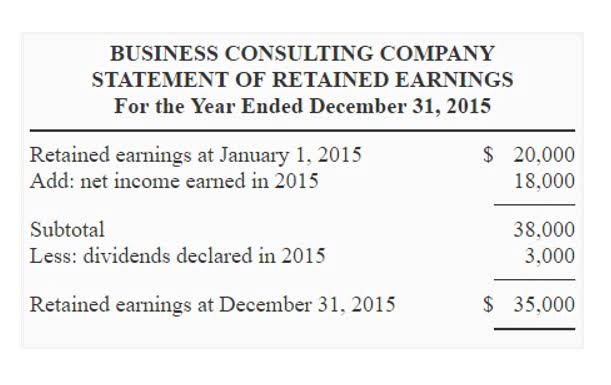
This KPI can help evaluate how effectively your construction teams are working toward projects. Measures a construction project’s progress as compared with the initial plan or timeline. SPI can help identify when and why construction efficiencies or delays occur.
- They’ve allowed me the ability to focus on managed, steady growth and concentrate on the business of making money.”
- Construction accounting differs in accounting and other characteristics compared to other industries such as retail and manufacturing.
- With unit price, risk tends to be shared between the contractor and customer since production quantities can end up higher than estimated.
- Finally, the collection, remittance and reporting of state and local-level taxes depend on the governments that levy the taxes.
- An accountant that looks only as far as the services requested is not doing clients any favors.
- Having field applications and cloud technologies that enable your workforce to do their job on the go and from multiple locations is important for all construction firms.
It involves tracking the financial transactions related to the construction process, such as costs, revenues, and expenses. Construction accounting is an important part of any construction business because it helps ensure that the company has solid financial reporting. By understanding these practices, owners can better monitor the financial health of their projects, identify cost overruns, make strategic decisions, and control costs. Deltek ComputerEase’s dedicated team is committed to providing service excellence and product innovation, adapting to the evolving construction compliance requirements.
Construction business billing methods
As with using cash accounting or methods like PCM and CCM, contractors need to consult with their construction CPA to make sure they’re on track. In construction, production contracts can last years and have multiple extended payments over that time. Contract terms commonly allow 30, 60, or even 90 days or more to pay invoices. As a result, revenue recognition and cash management in construction both carry special considerations. Contractors need precise tracking and reporting, as well as collection and cash-flow strategies.
Again, this comes in handy to gain an edge over the competition and protect narrow profit margins. Preferred by many construction contractors, the completed-contract method allows them to defer taxable revenue for the current year if the contract is set to be completed within the following tax year. Sometimes called income recognition, it refers to a principle that helps a contractor determine when they have officially earned revenue on a project — and when they should record an expense officially. For illustration, a construction business may need to juggle multiple projects, each with a beginning, middle, and end.
Billing method #4: AIA progress billing
Here’s what this looks like in practice — suppose you are a contractor working on a 1-year project spanning from November 2024 until November 2025. However, the completed-contract accountant for contractor method allows the contractor to defer paying tax until a year later. With this method, the contractor doesn’t report on income and expenses until project completion.
The Best Accounting Software Services for Contractors in 2024 – Business News Daily
The Best Accounting Software Services for Contractors in 2024.
Posted: Fri, 05 Jan 2024 08:00:00 GMT [source]
Understanding your budget and why it’s changed is critical to pinpointing your true job costs. Whether you’re looking to learn about architect accounting or accounting for builders, this blog serves as a construction company accounting guide. But taking control of construction business finances is vital not only for a healthy business today, but plays a part in empowering sustained growth in the long term. There are so many tasks on a building site that few people have time to take a special interest in construction accounting. Billing a fixed-price contract often happens on a percentage-of-completion basis with retainage withheld. Growth often means changes in people, facilities, financing, overhead and more.
A Construction Manager’s Guide to Project Financials
This is not always easy, as contractors often start making changes before they are officially approved and priced. The contractor should document the change order process in the original project contract. It is difficult to estimate the cost of a project because the direct and indirect costs are constantly changing. Labor and material prices can change significantly throughout long-term projects, and it is not easy to predict these changes. Based on the work completed so far, there is a need to maintain multiple payment schedules throughout the contract period.
This is all on top of requirements for processing payments as part of the Construction Industry Scheme (CIS), the rules for which have recently been adjusted. The first step towards taking control of your finances is to understand your project costing each and every time. Want to know how construction accounting differs from other industries, and how to do construction accounting? Reporting requirements for a particular union may exist on a national or a local level. Contractors can typically determine their requirements, especially when entering another jurisdiction, by checking with their local union business manager. Together, these documents are considered an “application” for payment because the recipient will have a chance to review the schedule of values and either accept or dispute the billed amount.
In construction, families and key management team members often work together and stay in business for decades. So it’s expected that a construction company will continue operating long after the founder retires. In particular, small and mid-sized construction companies have benefited from our outsourced accounting services. Your employees could lose future Social Security, Medicare, or unemployment benefits if those funds aren’t paid. So take care of your obligations—and your employees—by making complete payroll tax payments on time.